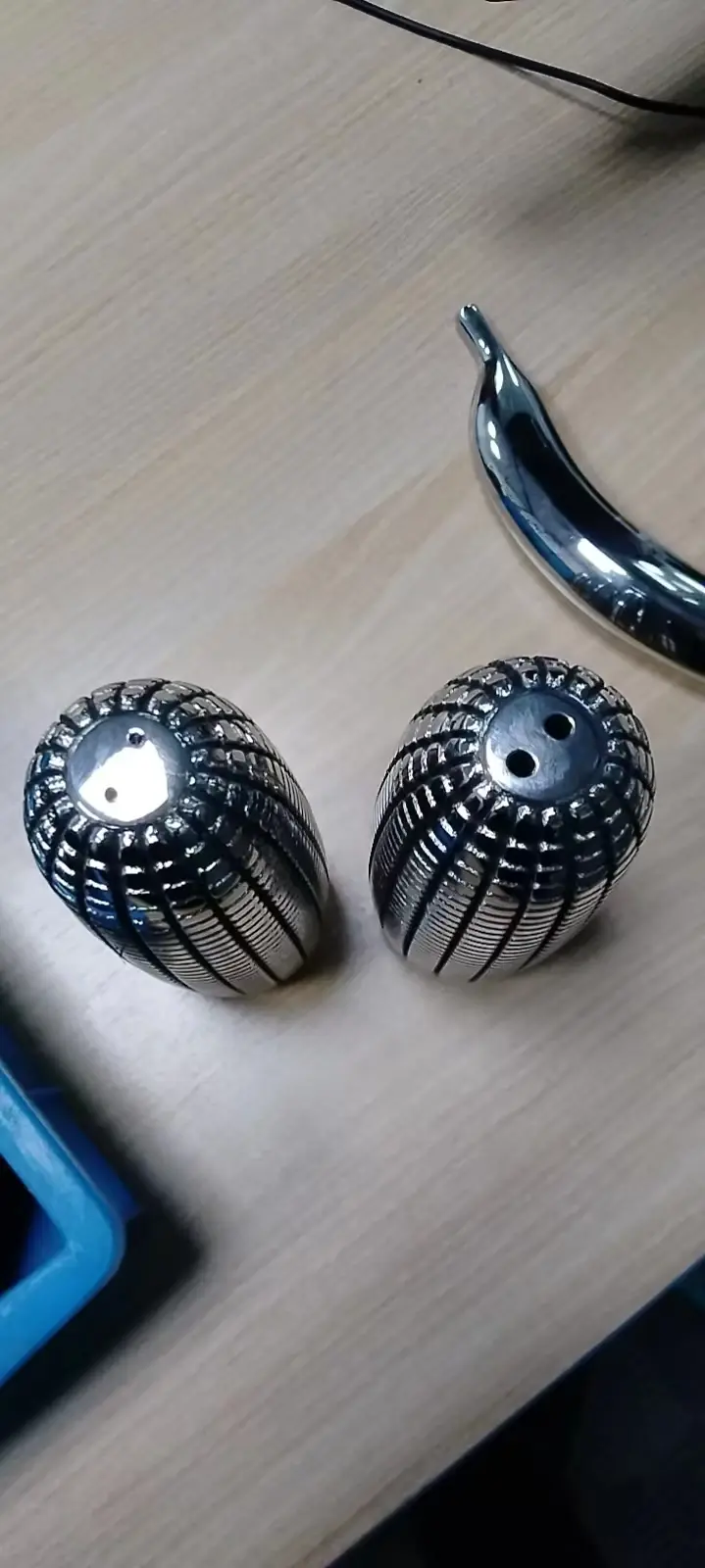Kitchen Spices: A comprehensive DIY guide to 3D printed spice racks
Tired of a messy spice cabinet or a universal shelf that doesn’t fit in the bottle? As 3D printing evolves from niche technology to home-style-building, it is revolutionizing how we solve everyday problems (such as kitchen organization). This guide will guide you through design, printing, and assembly Custom 3D printed spice rack This is perfect for your space, style and spice collection. Whether you are a newbie of 3D printing or an experienced manufacturer, actionable insights can be found below.
Why have a 3D printed spice rack?
Store-buyed shelves often compromise: wrong size, limited capacity or fragile material. 3D printing flips the script:
- custom made: Customize cabinet depth, bottle size or wall space.
- efficiency: Design layered shelves that can be used as compact units for visibility or compact spaces.
- Cost-effective: A complete shelf consumes about 500 grams of filaments (about $15), $30–$60 for retail.
- Environmental friendly: Use recyclable filaments such as PETG to reduce plastic waste.
Step by step guide
1. Design Phase: From Concept to CAD
Before printing, you will model the rack:
- measure: Please note the size of your spice can (diameter, height) and installation space (width, height).
- Software Options:
- Tinkercad (Beginner friendly) for simple layered shelves.
- Fusion 360 (Advanced) Parts interlocked with dovetail joints.
- Key Design Considerations:
- Slope/layer:15–20° angle ensures visibility.
- Thick wall: PLA/PET at least 3mm to prevent warping.
- Modular part: Design stackable layers for expansion.
- For prompts: Add small holes or hooks to the sides to get a label or utensil stand.
2. Material and printer settings
- Selection of filament:
- PLA: Easy to print; ideal for permanent indoor use (non-Mospei area).
- Petg: Heat resistant/moisture resistant; perfect for steaming kitchens.
- Printer requirements:
- Construct volume: 200 x 200 mm bed can hold 6-8 bottles per layer.
- Slicer Settings: Use 20% fill (grid pattern), 0.2mm layer height, and enable support when designing overhangs.
3. Print: Execution is important
- Preprint inspection: Calibrate the bed, dry wire to avoid the belt, and apply adhesive (glue stick or hair gel) for bed bonding.
- Print time: A single 150mm layer takes ~5 hours. Batch fragments to save time.
- troubleshooting: Warp? Increase the bed temperature; layer moves? Tighten the belt and reduce the printing speed.
4. Post-processing
- Grinding: Ridge with 120 particles, then 400 particles of sandpaper.
- finishing: Start and spray (using sand-filled primer) enhances aesthetics and seal moisture.
- assembly: Secure parts with super glue or snapshot seams. For wall-mounted installations, integrate key hole slots or screw holes in the design.
Professional-grade touch: When to outsource
While DIY rewards, complex projects such as integrated metal hinges, custom engraving or functional testing are the effect of industrial solutions. Greata leader in rapid prototyping, providing precision Using Advanced SLM 3D Printer Ideal for projects that require:
- High durability parts: Aluminum or stainless steel spice rack that resists aging and humidity.
- Custom post-processing: Powder coating, sand blue or CNC grade finish.
- On-demand support: From modifying the digital model to final assembly guidance. Their expertise ensures high accuracy results for both amateurs and commercial businesses.
Customize your project with Greatlime: Explore professional metal prototype production or completion [competitively optimized pricing](your link), perfect for extended kitchenware system.
in conclusion
A 3D printed spice rack unlocks unprecedented flexibility in the tissue – converting chaos into neat saffron and chili powder! The project combines utilities with creative satisfaction while strengthening the role of 3D printing in democratizing personalized manufacturing. Start with the DIY iteration and then expand to complex settings. Remember that the best kitchen is not only functional, but also tells your story in thoughtful custom style. Prepare, set, print!
FAQ
How long will the PLA spice stand last?
PLA works well in cool and dry kitchens (2-3 years old or older). For humid or steaming areas, use PETG or mobile sintered metal for decades.Can I print a rack that is large enough for 30 bottles?
Absolutely! Use modular segments interlocked with joints. Dividing the model into panels avoids the need for an industrial printer. For heavy loads, add vertical reinforcement ribs during the design process.What is the typical cost difference between DIY and buying a spice rack?
The DIY costs $12–$25 (Filament + Power) and $30–$150 for retail prices. You can get unlimited customization in the process.How to ensure visible tags?
Design layer with 15° inclination. Optimized spacing: The gap between the bottle incisions is 2 cm. For dark shelves, use a plastic safety label.If I’m a beginner, will my printer handle this?
Yes! Start with the single linear guide and adjustable bottle holder (no moving parts). Pre-designed models like Thingiverse or Printables are available as plug and play.- Why participate in the service like Greatlime?
For facilities such as custom metal racks with integrated LED lighting, soft-close mechanisms or commercial-grade durability – Greatlight’s precision SLM printing and finishing conversion prototypes.
Building a custom spice rack is more than just organization, it’s a statement that your kitchen deserves better. Happy Print! 🍳🖨️




